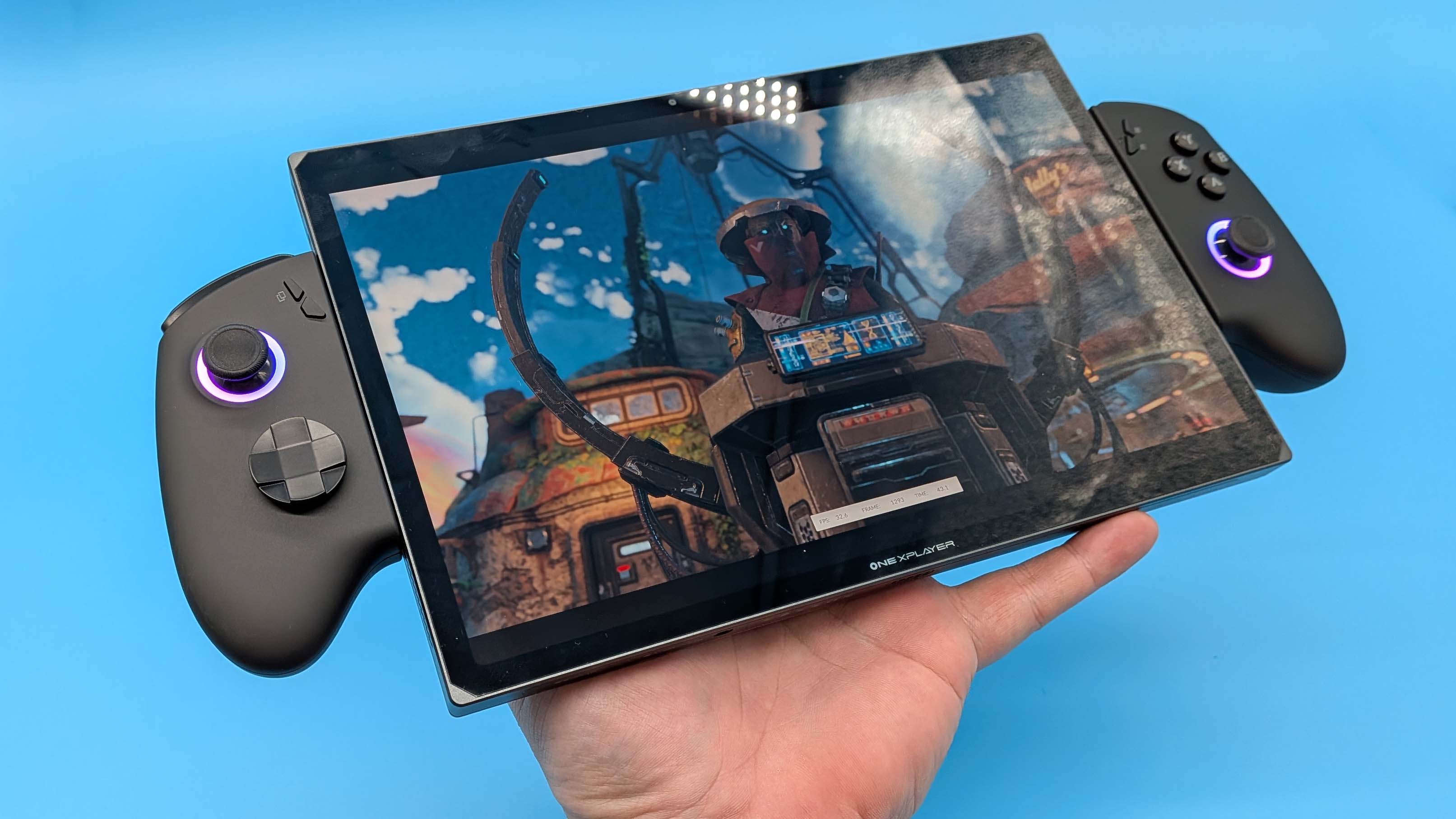Researchers discover that dehydrated mushrooms can function like biological RAM after they've been zapped with electricity
Though these "fungal memristors" have a lot of catching up to do.

Mushrooms are the coolest. Not quite flora, not quite fauna, they are a secret third thing—isn't that neat? Many types of fungi have also been observed to form symbiotic relationships with the root systems of plants. Sometimes mutualistic, sometimes parasitic, this root-meets-fungus network is called 'Mycorrhiza'—and a similar web of mycelium may one day come to a rig near you.
No, this isn't my pitch for a funguspunk trilogy, this is actual science. Researchers at the Ohio State University recently found that mushrooms you can eat can also be trained to act as bioelectronic data processors (via phys.org). Specifically, the team grew shiitake and button mushrooms, dehydrated these cultures for long-term use, and trained the fungi to function like organic memristors through methodical electrocution.
I know that sounds wild, but that's not even the raddest part. The researchers observed the dehydrated fungus demonstrated an ability to remember past electrical states, with the mushrooms able to reproduce memory effects in a way not dissimilar to traditional semiconductor chips.
The research project was partly inspired by how human brains produce neural activity through electrical impulses. The paper's lead author, John LaRocco, explains: "Being able to develop microchips that mimic actual neural activity means you don't need a lot of power for standby or when the machine isn't being used. That's something that can be a huge potential computational and economic advantage."
After all, if our own lumps of meaty grey matter can be encouraged to produce a thought or two through electrical stimulation, then why not mushrooms? Joking aside, the research project was also motivated by more environmental concerns; the paper reflects on how "current semiconductor-based neuromorphic chips require rare-earth materials and costly fabrication processes," pitching "fungal computers" as a sustainable, even biodegradable alternative.
Obviously, you won't be able to play The Last of Us Part 2 Remastered on what amounts to a portobello mushroom suffused with electrodes any time soon, but this early research is no less compelling—especially with how screwed memory prices are thanks to AI. For one thing, when the researchers attempted to use their dehydrated mushroom cultures like RAM, they found the samples performed with a 90% accuracy rate. Performance waned when the fungus was exposed to more frequent electrical shocks but this was remedied by, you guessed it, adding more mushrooms to the circuit.
For another, the researchers are also keen to note that "shiitake has exhibited radiation resistance, suggesting its viability for aerospace applications." Rockets navigated by mushrooms—now that's a vision of the future I don't think I'd mind living in.
Keep up to date with the most important stories and the best deals, as picked by the PC Gamer team.
Now, before you get as excited as I am, it's probably worth taking note of the speed of these "fungal memristors". With a top speed of 5.85 kHz our Nick has noted that, "the RAM chips my first ZX Spectrum were 1000 times faster at switching... Admittedly, you couldn't eat them, though."
Biological computing is nothing new, and you may remember Cortical Labs' 'body in a box' wetware from earlier this year. But, costing $35,000, the CL1 presents a far greater cost to research institutes compared to, say, culturing some mushrooms, meaning those aforementioned fungal aircraft may not be such a far flung fancy after all.

1. Best DDR5 overall:
G.Skill Trident Z5 RGB 32 GB DDR5-7200
2. Best budget DDR5:
Teamgroup T-Force Vulcan DDR5-5200
3. Best high-capacity DDR5:
G.Skill Trident Z5 64 GB DDR5-6400 CL32
4. Best DDR4 overall:
TEAM XTREEM 16 GB DDR4-3600
5. Best budget DDR4:
G.Skill Ripjaws V 16 GB DDR4-3600
6. Best high-capacity DDR4:
Corsair Dominator Platinum RGB 32 GB DDR4-3200

Jess has been writing about games for over ten years, spending the last seven working on print publications PLAY and Official PlayStation Magazine. When she’s not writing about all things hardware here, she’s getting cosy with a horror classic, ranting about a cult hit to a captive audience, or tinkering with some tabletop nonsense.
You must confirm your public display name before commenting
Please logout and then login again, you will then be prompted to enter your display name.

